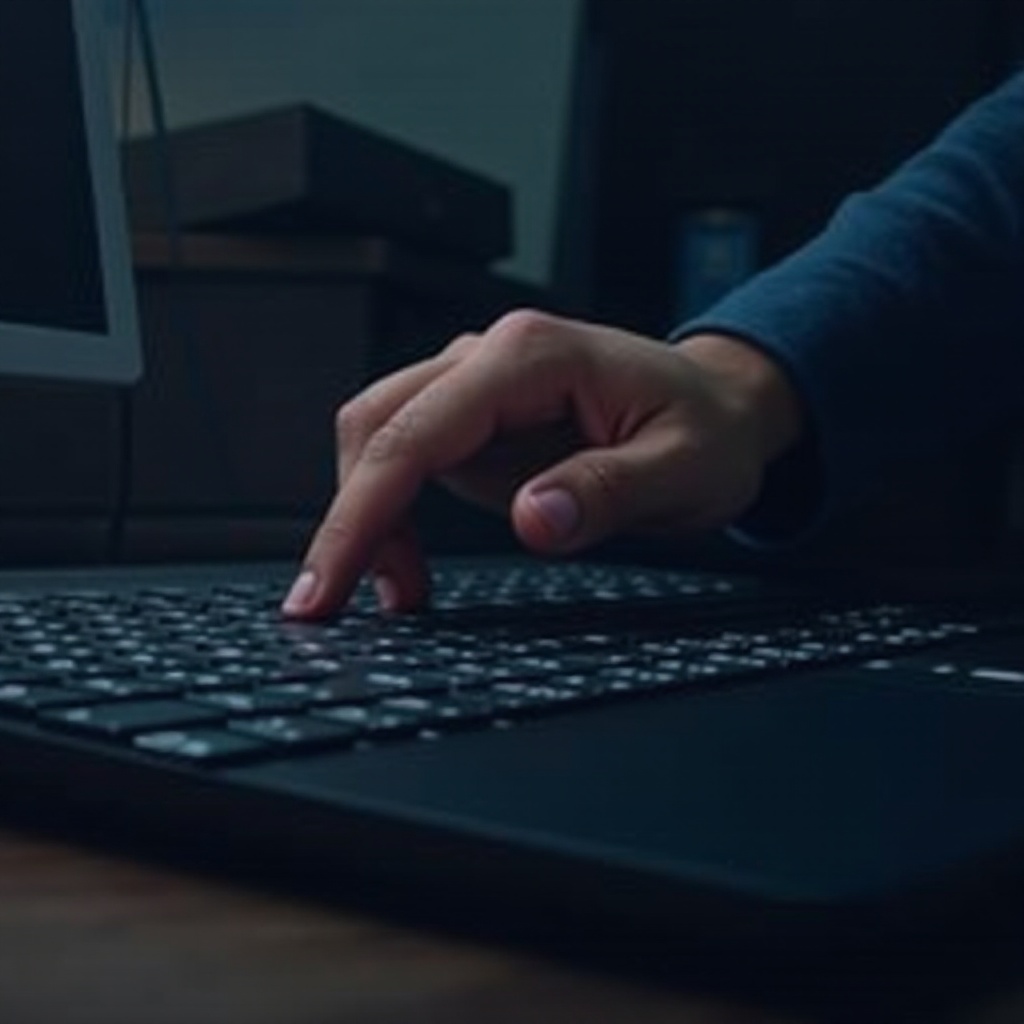Introduction
In today’s digital age, computers have become integral to daily life, both for personal use and professional tasks. However, a computer’s performance might falter due to various issues, leaving it unresponsive or frozen. During such instances, the ability to force shut down your PC can be a crucial skill. This comprehensive guide explores when and how to perform a forced shutdown, offering detailed instructions and precautionary advice. Whether you’re handling a significant system freeze or a single non-responsive application, we’ll guide you through the necessary steps to regain control. This guide will cover several methods across different operating systems and provide tips for maintaining your computer’s health afterward.

Understanding Force Shut Down
A forced shutdown involves cutting off power to your computer entirely, bypassing any ongoing operations. Unlike a regular shutdown, this approach doesn’t allow running applications to close properly, which might lead to data loss or corruption of system files. Although a forced shutdown is a powerful measure reserved for emergencies, understanding this method will help you make informed choices about its use compared to a regular shutdown or restart.
When to Force Shut Down Your PC
Deciding when to execute a forced shutdown is vital for minimizing potential risks. Though it might seem like a quick solution, there are specific scenarios where other options might be more appropriate.
Signs of an Unresponsive System
An unresponsive system is the clearest indicator that a forced shutdown might be necessary. If you find yourself unable to perform any actions on your computer, it might be time to proceed with forceful intervention.
Applications Not Responding
When applications stagnate and prevent you from closing them through normal means, they can degrade the system’s overall performance. If attempts to end these tasks fail, consider a force shutdown as a recourse.
System Freeze or Crash
A complete system freeze or crash, where conventional shutdown procedures are impossible, necessitates a forced shutdown to reboot the machine.

Methods to Force Shut Down a PC
Here are safe techniques to initiate a forced shutdown if your PC becomes uncontrollable:
Using the Power Button
- Press and hold the power button on your computer for approximately 5-10 seconds.
- Release the button once the screen goes dark or the computer powers down completely.
Keyboard Shortcuts (Ctrl + Alt + Delete, Alt + F4)
- Deploy
Ctrl + Alt + Deleteto access a security screen, where you can attempt a shutdown. - Use
Alt + F4on the desktop to trigger the shutdown menu for ending processes.
Using Task Manager
- Access Task Manager through
Ctrl + Shift + EscorCtrl + Alt + Deleteif the system is responsive. - Terminate any unresponsive application or process to resolve the issue without a full shutdown.
Force Shut Down in Different Operating Systems
The method for a forced shutdown varies depending on your operating system. Here are specific instructions:
Windows 10/11
In Windows, holding the power button is the simplest method. Alternatively, leverage keyboard shortcuts like Ctrl + Alt + Delete or Alt + F4 for varying severity levels.
macOS
For Macs, perform a shutdown by holding Command + Control + Power/Eject keys, or simply the power button, if necessary.
Linux Variants
In Linux-based systems, the primary method involves holding the power button. Use terminal commands like sudo shutdown -h now if the terminal is accessible.

Troubleshooting After Force Shut Down
Post-force shutdown, certain steps can stabilize your system:
- Install available updates to address freeze issues.
- Perform scans for malware or viruses affecting system performance.
- Review installed software, removing problematic items.
- Run diagnostic tools to highlight potential hardware issues.
Alternatives to Force Shut Down
Whenever feasible, opt for these alternatives to mitigate risks associated with forced shutdowns:
Ending Processes via Task Manager
Identify and stop only problematic applications in Task Manager to alleviate the need for a complete shutdown.
Booting into Safe Mode
Starting your PC in Safe Mode lets you troubleshoot without forcefully shutting down by limiting operations to essential functions, aiding in issue resolution.
Conclusion
A forced shutdown should be the last resort, performed only after attempting other solutions. By mastering the methods and understanding the implications of a force shutdown, you can better safeguard your PC from damage. Always strive to resolve issues using less drastic measures first and follow up by addressing root causes to prevent future incidents.
Frequently Asked Questions
What should I do if my PC frequently needs a force shut down?
Frequent forced shutdowns may indicate serious underlying issues. It’s advisable to update software, check for malware, and consult professional diagnostics.
Can force shutting down a PC cause long-term damage?
Repeated force shutdowns can lead to file corruption and system instability, possibly causing long-term damage.
How can I prevent my PC from freezing?
Regularly update your system, perform virus scans, manage disk space efficiently, and keep drivers updated to help prevent freezing.